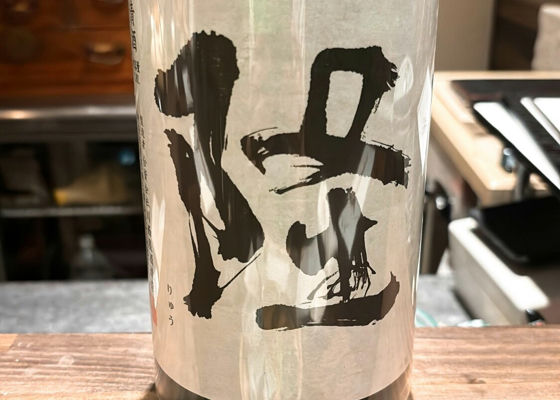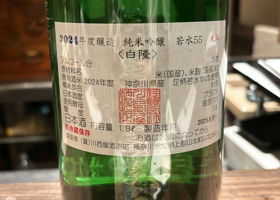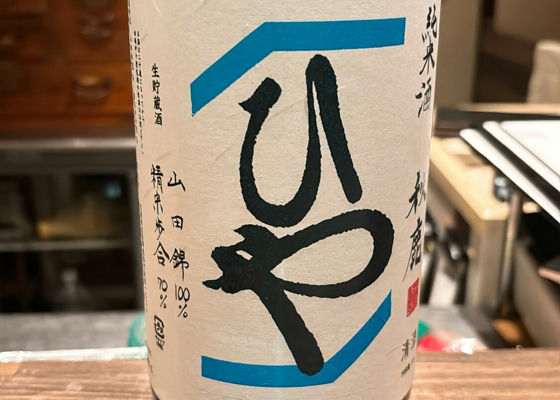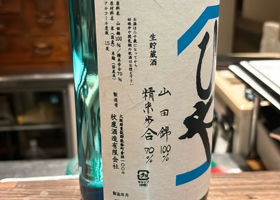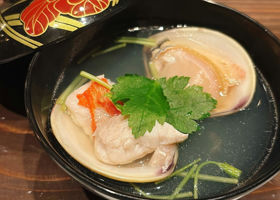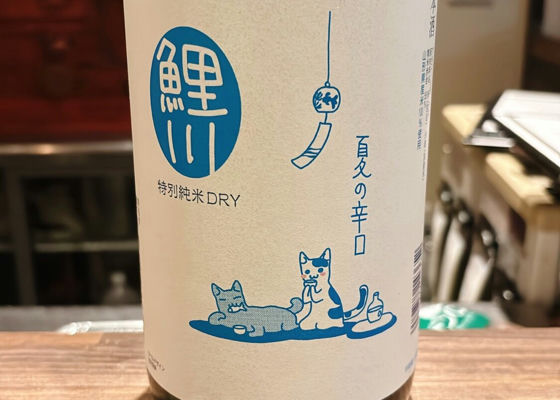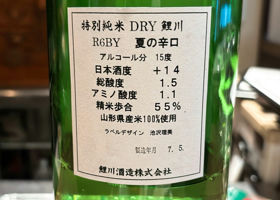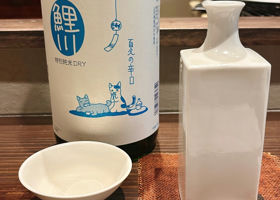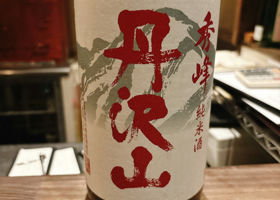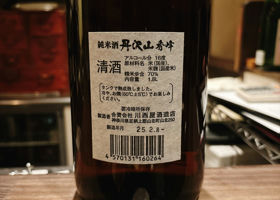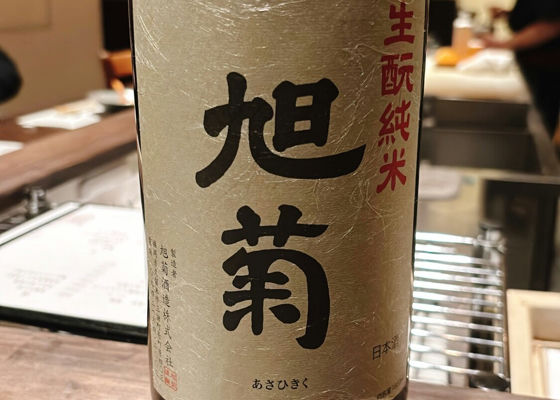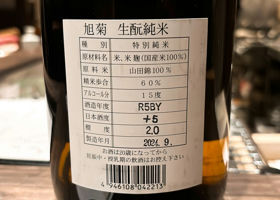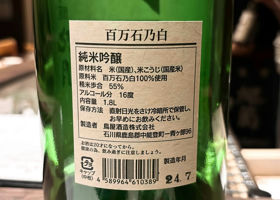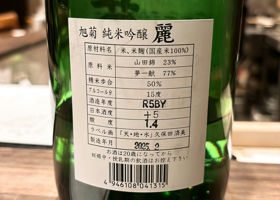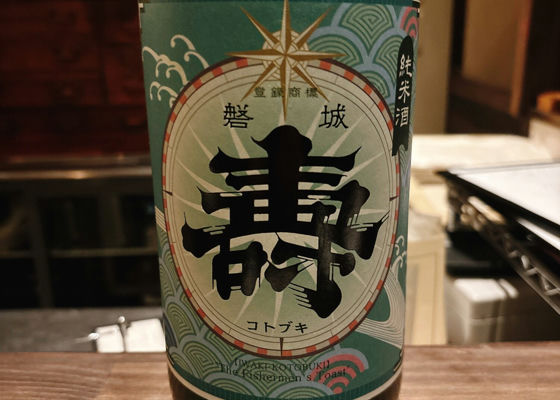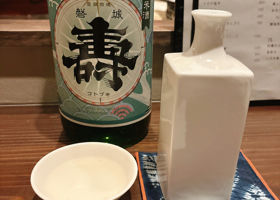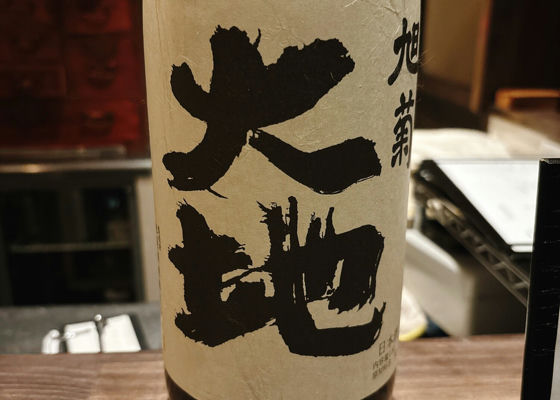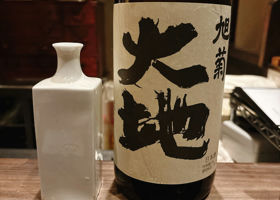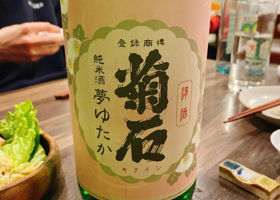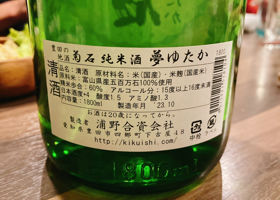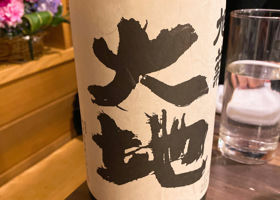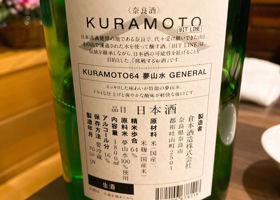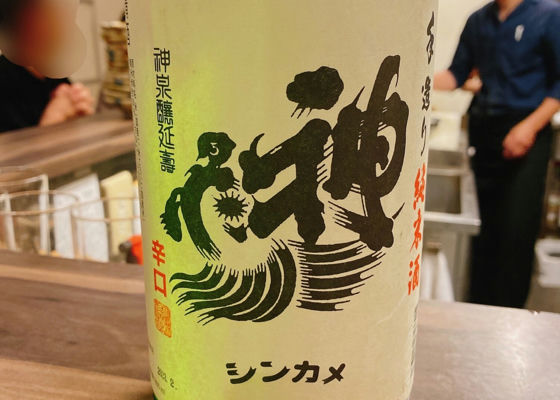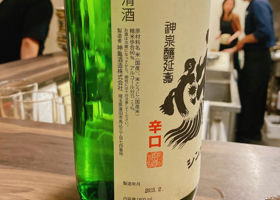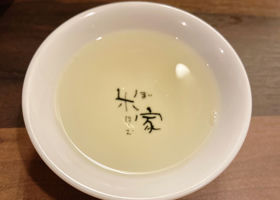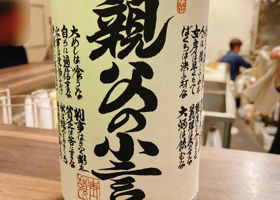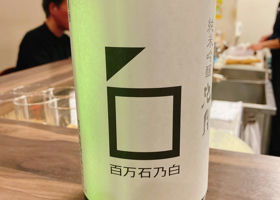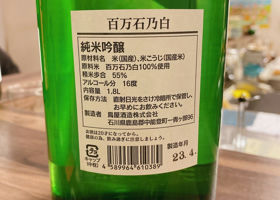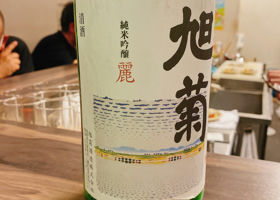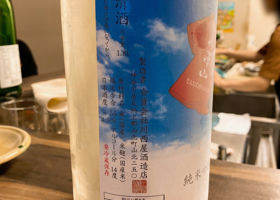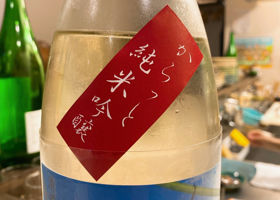Timeline
やす☆It is soft on the palate, but has a robust, robust flavor that is not typical of a 55% polished sake. It has a good sharpness with acidity, making it an excellent mid-meal sake. It might be better to call it "Tokujun". やす☆A summer sake named Hiya, served warm. It has a soft umami and sharpness, and has a slight fresh-stored sake feel on the palate. やす☆R5BY was served warm. It has a soft, full flavor and is crisp and clean. No sense of maturity. Goes well with a bowl of gentle dashi broth. やす☆Summer sake, heated. It has a soft umami flavor. It has a crispness with acidity that is typical of a sake with a sake meterage of +14, but it is softened by the warming. やす☆Tanzan drinking comparison. Next is Shuho. The three photos were taken at Yoneju.
Warmed up to 60°C, it has a firm flavor and sharpness without any peculiarities. It softens a bit with air and shows some sweetness, but it does not have the bitter chocolate flavor of Reiho, so it does not seem to be a good match for any meal.
Personally, I prefer Shuho and keep it on hand at home for warming. やす☆R5BY was served warm. It has a gentle mouthfeel and is sharp with the acidity of the sake. やす☆Re-tasted 6/20. Would the acidity of the raw yeast gentle when paired with meat? やす☆Warmed. It has a softly spreading rice sweetness and umami, with a jungin-like refinement. It has a sharpness, but it is more gentle than Asahi Kiku Rei, which we had just before. やす☆R5BY was served warm. It is clear and colorless with no sense of maturity. Gentle umami spreads, with a slightly stronger sense of sharpness. Pair with white sashimi. やす☆R5BY was served warm. It has a mild and gentle flavor and sharpness. やす☆4/9 Retasted at Yoneju. Firmness and strong sharpness. やす☆R5BY was served warm. It has a mild and gentle mouthfeel, but its fullness is modest and its sharpness is more impressive. やす☆R5BY served lukewarm. It has a mild and gentle umami and a good sharpness. No sense of maturity. やす☆It has a very gentle flavor that is addictive when warmed lukewarm. やす☆Mild flavor and sharpness when heated. Slightly firmer than Ikezuki, which I drank just before. やす☆A small support for the disaster area.
Warmed to lukewarm, it has a soft and fluffy flavor and sharpness. やす☆It has a clear, crisp flavor, and it finishes with a crisp acidity. やす☆Heated. Slightly yellow in color.
Good maturity and umami. A stable taste that takes the high road of heated sake. やす☆Re-drank 1/27. Impression unchanged. やす☆Warmed. It also has a gentle flavor, but is a bit heavier than the Ikezuki we had just before. やす☆Re-drank 1/27. Impression unchanged. やす☆Warmed. It has the refinement of a jungin, but is more robust than the Asahi Kiku Rei that we had just before. The sharpness is not bad either. やす☆R2BY warmed up. The R2BY was drunk about a year ago, but the timing of bottling was different and the sake and acidity levels were also slightly different.
The color is clear and colorless despite the aging. It has a soft, full flavor and is best served lukewarm. It has a soft, full flavor, and is best served lukewarm, but when it is cooled, it has a sharp taste. やす☆The refreshing, low-alcoholic taste and the fact that it is very drinkable are typical of Tanzawa-yama. It finishes crisp and clean. RecommendedContentsSectionView.title
